How to end the tooth brushing struggle – immediately

Most parents have been through the toddler brushing teeth struggle at one point. I know, I have.
Your toddler simply refuses to open their mouth. They bite on the toothbrush or scream and kick, which makes it impossible to brush anything.
It’s frustrating when you have to do it against their will. Your child gets sad and angry, and you’re upset, too. And worst of all; you have to do it twice a day. Every. single. day.
I know, it’s not an easy task. But I’m here to help you.
In this post, I’ll share the exact steps you can take to make teeth brushing a little less of a chore.
I’ll show you how to make it a fun and pleasant experience for you and your toddler instead of a bad experience with struggle, crying, and mom guilt.
Let’s get started.
This post contains referral links for products I love. Danish Mom earns a small commission at no extra cost to you if you make a purchase through my links. Thank you for your support ♡
Table of Contents
The dentist says:
Before we look at how we make toothbrushing more enjoyable, let’s make sure it’s done right. According to the dentist, this is how and when you should start to brush your child’s teeth:
Source: Sundhed.dk (the Danish public health care site – in Danish only)
- Start brushing your baby’s teeth when the first one appears – usually around age 6 to 10 months.
- Brush twice a day.
- Children need help with tooth brushing until they’re 10 years old.
- Choose a soft toothbrush with a small head – it makes it easier to get around in the mouth.
- Never use more toothpaste than the equivalent of a baby’s fingernail.
- Use toothpaste with fluoride. It’s an important cavity fighter.
- Remember to floss, too. It’s best to use a floss holder.

Make it a good experience
I once heard a dentist say that toothbrushing is just as important as diaper changes, getting vaccinated, or putting your shoes on before leaving the house. It’s not up for discussion, even if the child gets upset or angry.
While I agree with that, I still don’t want to force or have to restrain my children. It’s better to find a balance and get it right from the beginning.
So, if you like me, prefer to make it a good experience for both of you, expect that it might require a lot of work and commitment.
It’s worth it, though.
As a last resort
I only encourage this as a last resort and I’d prefer not to mention it at all. BUT if it’s impossible to get the job done, you can restrain them gently while you brush. The key here is to be present and not use your superior strength as an adult, thinking “Just do as I say, and it’s not up to you, etc.”:
While you do the brushing, let your child:
- Sit on mom or dad’s lap, leaning their head against their chest
- Or sit in ‘teddy bear position’ where they sit face to face, hugging a parent while the other one brushes
- Always prepare them and tell them what’s going on
How to end the toddler brushing teeth struggle
Start by establishing a good connection. We want this to be fun and painless, so show with your body language and voice that this is a safe situation.
This is what to do:
- Make eye contact
- Talk about it – prepare them
- Have a friendly voice
- Take breaks
Your task here, mama, is to find the balance between giving them space and you being in charge. You need to be firm but open to what they’re saying – and they need to sense that.
Make a routine
Once you have your child’s attention and confidence, establish a routine. When kids know what to expect, it makes everything MUCH easier!
- Let your child play with the toothbrush. Let them chew on it so they get used to how it feels inside their mouth (you can do this even before they have teeth).
- Brush as quickly as you can. As your child becomes comfortable with the situation, you can brush more thoroughly and longer. Make sure to stop before they get upset, so they associate it with something pleasant.
- Accept that you can’t brush every tooth as thoroughly as you’d like. Right now, your goal is not to brush all their teeth. Your goal is to make them comfortable with the toothbrush, and when they are, you can brush better.
Like with anything else in life, establishing a good routing takes time and practice. You can’t expect things to work right away. Your child needs time to adapt and feel safe in the situation.
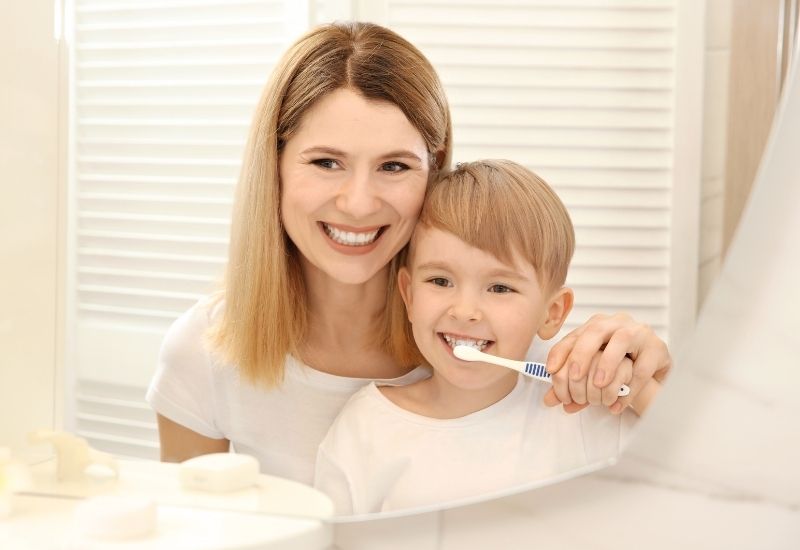
10 tips that work
1. Give them their own toothbrush
Since Theo was 5 months old, he’s had his own little baby toothbrush. I let him play with it and put it in his mouth so he could get used to the feeling.
When his first tooth came, he was already used to it. So, I let him keep his toothbrush in his hand while I brushed his little tooth with another one. When he got older, he liked to brush my teeth.
2. Prepare them
I’ve always prepared Theo before brushing his teeth. Not just with tooth brushing but everything else, too. When kids know what to expect, they’re generally much more cooperative.
An example:
I tell him: “Now, it’s time for teeth brushing,” and we’d go to the bathroom. I’d then take the toothbrush and show him that I put toothpaste on, maybe I’d let him help. Then I’d say: “Now, mommy is brushing your teeth by gently rubbing on your teeth. Can you say ahhhh?”
I might have some fun with it and say: “What’s that behind your tooth? Is that a carrot? Come here, little carrot”
And before they know it, you’re done.

3. Make it hyggeligt
I’m Danish, so I can’t really do anything without trying to make it hyggeligt 😀
The truth is that the more hygge you create around tooth brushing, the easier and more relaxing it will be.
So, to make it hyggeligt, brush your teeth together and let your child brush your teeth. It then becomes a natural experience for them where they think: ‘That’s how we do in my family’ and it gives a sense of safety, belonging, and togetherness (which is hygge in a nutshell).
Read next: 10 great ways to hygge as a family

4. Show them a video
Watching a toddler’s teeth brushing song is a good way to have fun with it or to simply make them think of something else. This song is one of the more popular ones.
5. Tell them about Karius and Baktus
In Denmark, we grow up with the story of Karius and Baktus (it’s the country of fairy tales, after all 🙂 ).
The story is about two little tooth trolls Karius (caries) and Baktus (bacteria) who live in the mouth of a boy who only eats sweets and doesn’t brush. They cause cavities, but eventually, they are rinsed out of his mouth through proper dental care.
I introduced Theo to them a little while back and we often talk about them. And when he doesn’t want to have his teeth brushed I might ask: “But what about Karius and Baktus then?” “You don’t want them making cavities, right?”.
It’s a fun story that helps kids understand why it’s so important to brush and eat well.
6. Pick the right toothbrush and toothpaste
One of the reasons why kids don’t like brushing their teeth is that the toothbrush might be too hard or they don’t like the taste of the toothpaste. So, make sure to pick one that they like.
You can let them help choose so they feel like they have a say. It might make them more cooperative.
We use Jordan 0-3 year old toothbrush and Zendium Kids toothpaste for Theo.
I once bought the toothpaste from Colgate by mistake and Theo didn’t like the taste. The one from Zendium has a raspberry flavor that he really likes.
7. Make it comfortable
Toddlers are independent little ones and like to feel like they’re in control. So, make sure they have a stool to stand on so they can look in the mirror. That way they’re part of what’s happening.
Read next: 5 learning towers for toddlers that will encourage bonding
8. Try changing the location
If toothbrushing is always a struggle, then it has become a bad habit, and your toddler will naturally think of toothbrushing as something they don’t want. We need to change that and create a good habit instead.
Try this:
If your toddler is usually in your arms when you brush, try letting her stand in front of the mirror in the bathroom. Then stand behind her so she can see what you’re doing while you brush her teeth.
My son is always more cooperative when he sees what’s happening.
9. Make a reward
Having a reward chart is a great motivation for tooth brushing. Have small stickers that your child gets to put on the sheet whenever a tooth brushing is complete.
10. Encourage them
Always make sure to encourage them and tell them they did well afterward. We want this to be a good experience and by recognizing and complimenting their efforts, they get self-esteem and a can-do spirit.
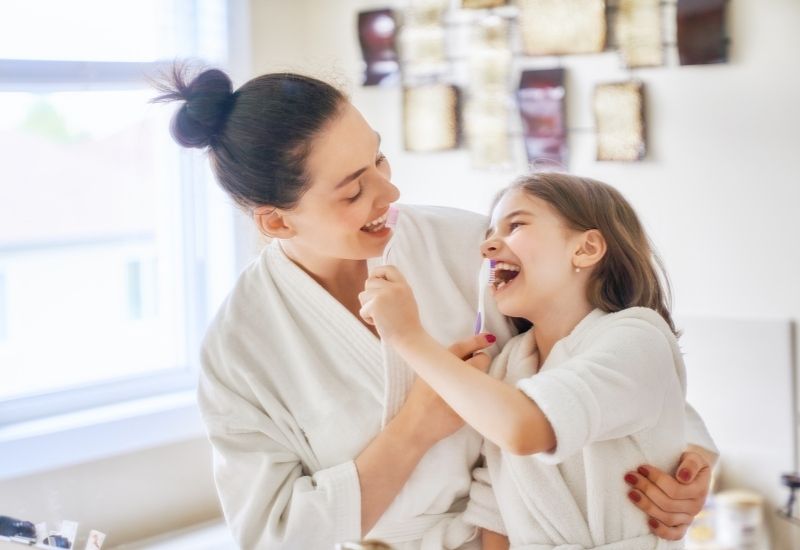
FAQ – Toddler brushing teeth struggle
How do you brush toddler teeth when they won’t let you?
Brushing a toddler’s teeth when they’re resistant can be challenging. Here are some strategies to try:
- Make it fun: Turn toothbrushing into a game or sing songs to keep it light and enjoyable.
- Let them watch: Brush your teeth together so they can mimic you.
- Give them control: Let them pick their toothbrush and toothpaste, and try letting them brush first before you do it properly.
- Use a reward system:
Is it normal for toddlers to hate brushing their teeth?
Yes, it’s quite normal for toddlers to dislike brushing their teeth. This can be due to the new sensation, the taste of toothpaste, or simply asserting their independence.
To help make the experience more pleasant, try to make it fun, be patient, and use positive reinforcement.
How do you fight with a toddler to brush teeth?
Fighting with a toddler over toothbrushing can be counterproductive. Instead, try these positive strategies:
- Lead by example: Brush your teeth alongside your toddler.
- Make it fun: Use songs, stories, or toothbrushing apps to engage them.
- Give some control: Let them choose their toothbrush or toothpaste and take turns brushing.
- Use distractions: Brush during a favorite song or while looking in the mirror.
- Praise and reward: Offer positive reinforcement for a job well done.
How can I get my 2 year old to brush their teeth?
Fighting with a toddler over toothbrushing can be counterproductive. Instead, try these positive strategies:
- Lead by example: Brush your teeth alongside your toddler.
- Make it fun: Use songs, stories, or toothbrushing apps to engage them.
- Give some control: Let them choose their toothbrush or toothpaste and take turns brushing.
- Use distractions: Brush during a favorite song or while looking in the mirror.
- Praise and reward: Offer positive reinforcement for a job well done.
Save it!
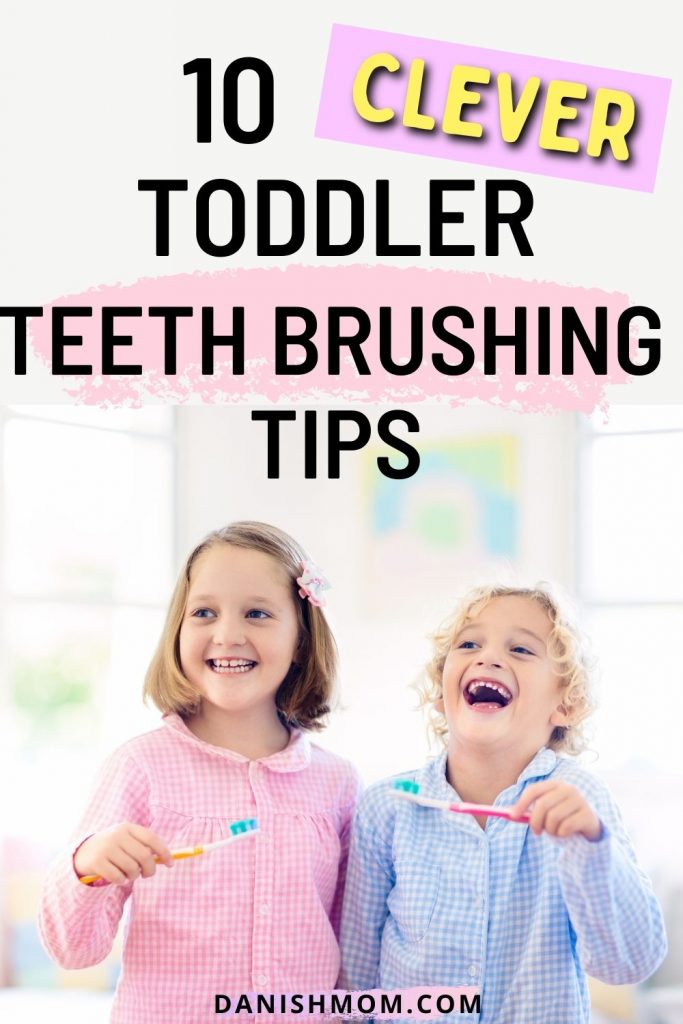

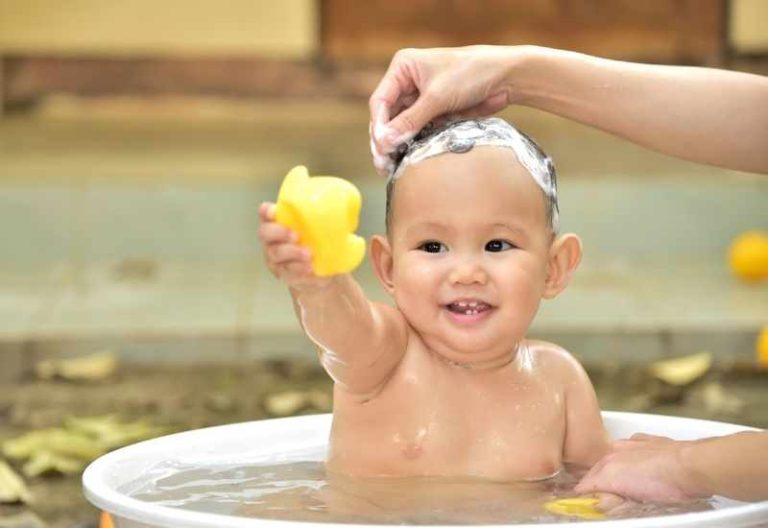

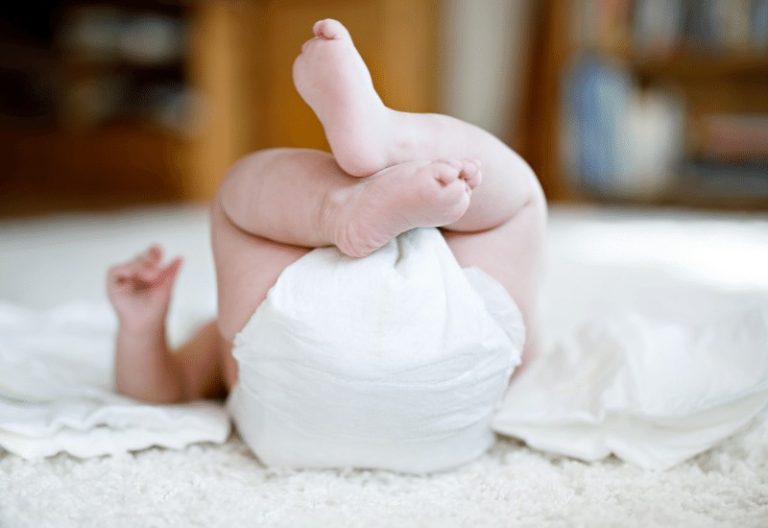



My daughter does not respond to a gentle approach. We tried, and half of her teeth have rotted. So forcing her is all we can do, and set a dentist appointment for as soon as possible.
Top 10 toothbrush recommended for children